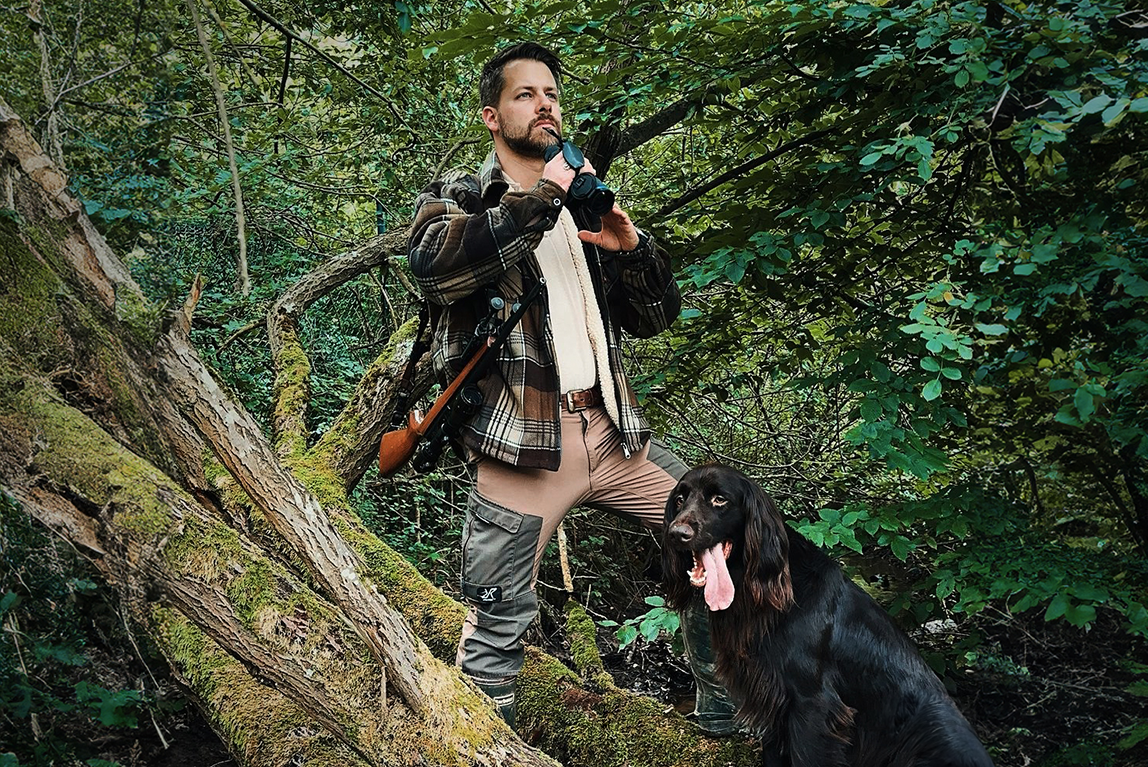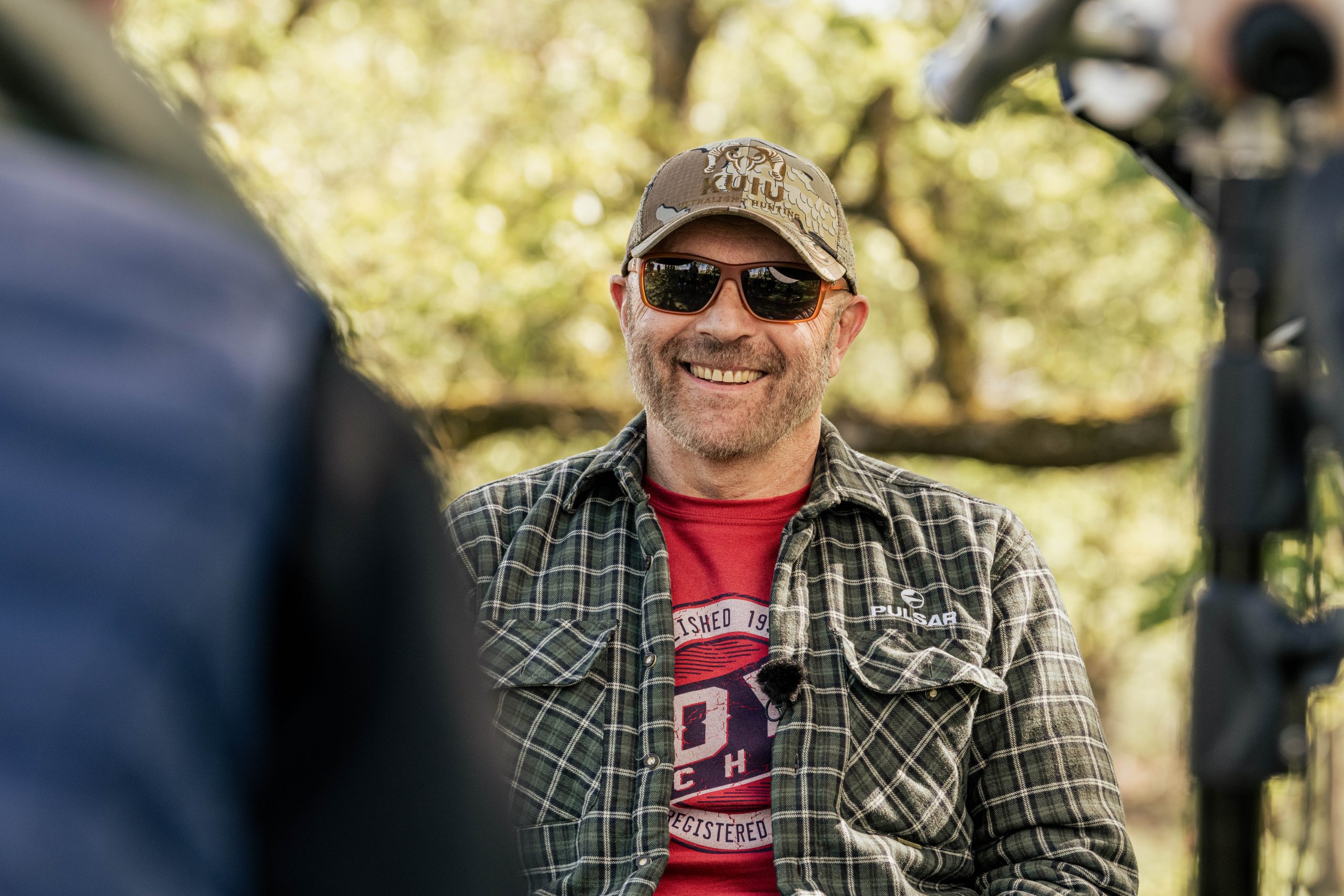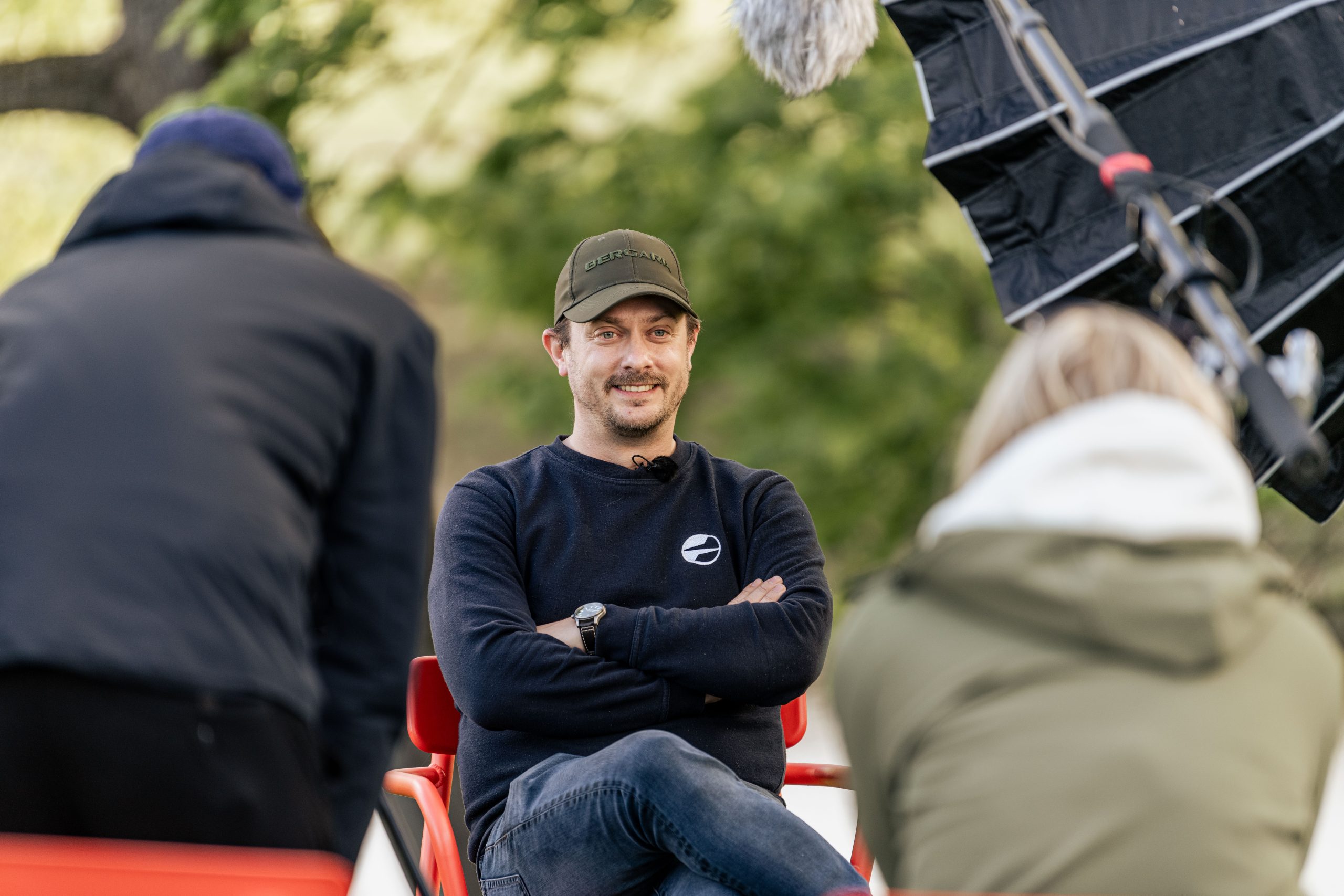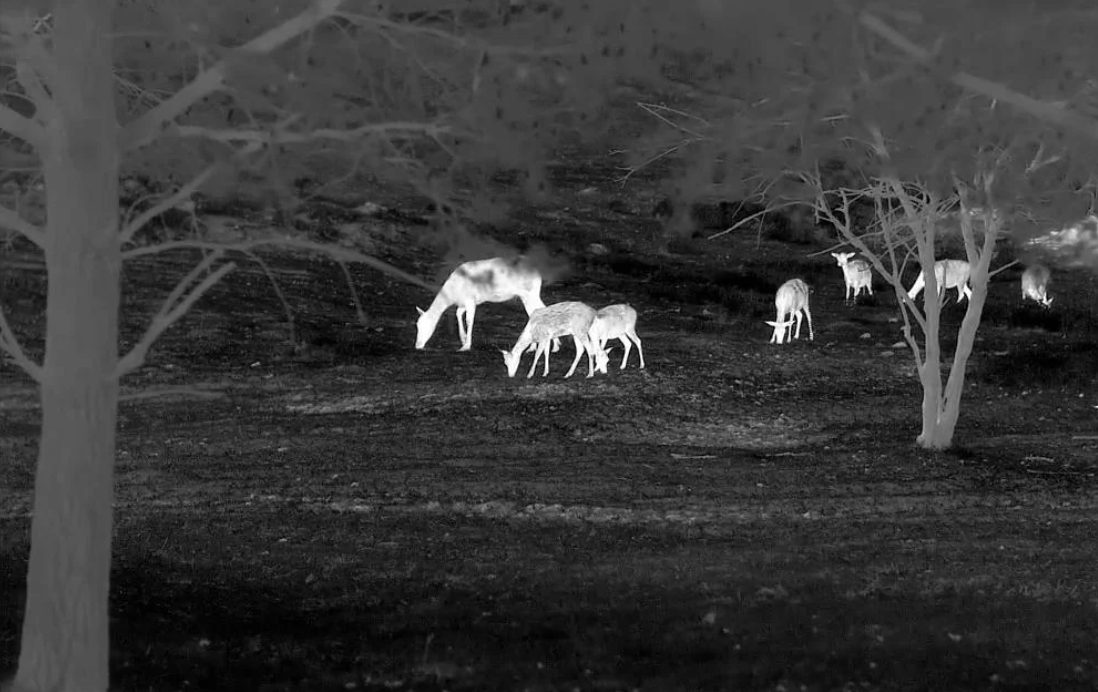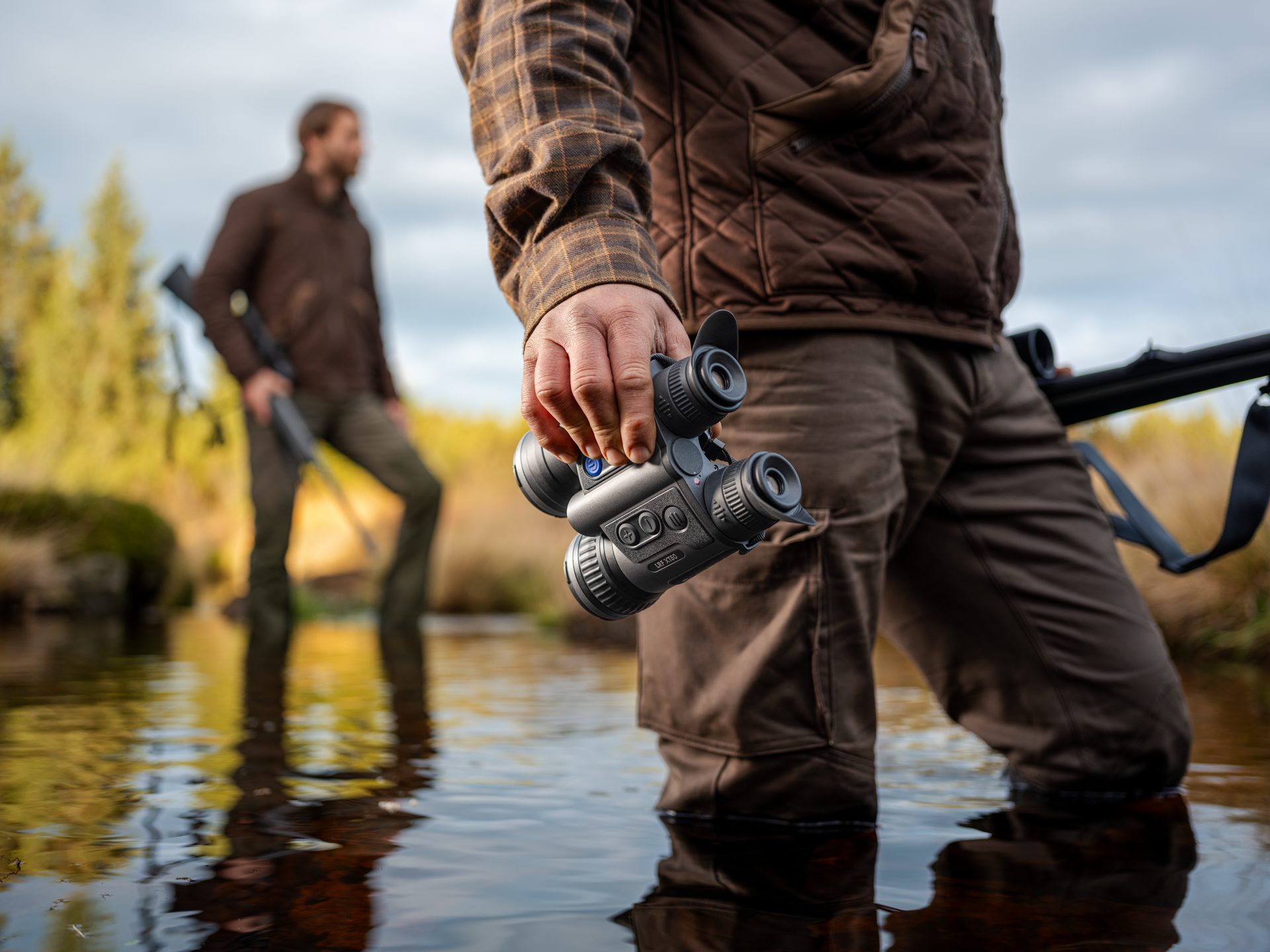Featuring:
Patrick Strauss, Riccardo Tamburini, Stefan Orman
Hunting in summer isn’t just about rising early and sweating through the day – it’s a different game entirely. With heat driving animals deeper into cover and darkness, and with hunters battling ticks, mosquitoes, and fast-changing weather, strategy matters more than ever. We spoke with three seasoned hunters – Patrick Strauss from Germany, Riccardo Tamburini from Italy and Stefan Orman from Sweden – to understand how they overcome summer’s unique challenges.
- Patrick Strauss
- Riccardo Tamburini
- Stefan Orman
Adapting to high temperatures
Summer heat changes everything – especially the behavior of wild game. Animals seek shade and water, often becoming more active only at dusk or dawn.
Riccardo notes, “The hot weather forces the animal to spend a lot of hours in the wood, reducing their presence outside in the open space, where it is much easier to hunt them,“ – this shift means hunters must follow suit – adjusting schedules, tactics, and gear.
Patrick explains how summer weather affects both hunter and prey: “The heat and humidity affect both hunter and game. As boars become more nocturnal, night hunting becomes more essential. During the day, they stay near water and dense cover, so knowing these spots improves my chances after dark.“
The night shift
As the sun sets, serious summer hunting begins. Game becomes more active – and the cooler air brings comfort to hunters.
Patrick describes the edge thermal optics provide: “They detect movement and heat signatures clearly, even in thick cover or at long range. Compared to other brands, Pulsar devices are outstanding. Working reliably even after daytime temperatures of 30–40 °C, helping me identify targets and take safe, precise shots.“
Riccardo Tamburini agrees night hunting is key: “Nighttime hunting is more easy during summer because the dark is shorter than other seasons; then, the good temperatures allow me to spend all night on my hunting stand without suffering the cold.“
Nighttime hunting is more easy during summer because the dark is shorter than other seasons; then, the good temperatures allow me to spend all night on my hunting stand without suffering the cold.
Riccardo Tamburini
However, in Sweden, night hunting takes a slightly different role – it becomes more for a damage control. Stefan Orman explains: “In Sweden, during summer, most animals have their newborns, and it’s very important that they get a few stressless months. Any stress on newborns can easily result in death. And that’s why we have different hunting seasons.“
Game behavior
When animals shift their patterns, successful hunters follow their rhythm. Riccardo explains, “All animals have more nighttime habits during summer and this forces me to adapt my hunting: for example, looking for moufflons or roebucks, it’s essential to concentrate the hunting very early in the morning and late in the evening, when animals start to move for feeding.“
Stefan reminds us that more foliage can be a blessing and at the same time a challenge: “There’s more foliage, which makes it easier to stay hidden – but the same goes for the animals.“
The role of Pulsar devices in summer hunts
When the landscape radiates heat and everything – from rocks to tree trunks – glows in thermal, not all optics are up to the task.
“Pulsar devices always help. Especially as damage control in the fields is the main focus. Being able to spot before they come out helps to get into the right position,“ Stefan puts it simply.
Pulsar devices always help. Especially as damage control in the fields is the main focus. Being able to spot before they come out helps to get into the right position.
Stefan Orman
Riccardo explains the challenge in detail: “During the summer, we often don’t have the best conditions to work with the thermal units. Yes, when you switch on a device, you’ll be able to see a lot of details including trees and rocks which are not living but they have been absorbing the sun rays all day long. This scenario is the worst to detect an animal immediately. The secret is to play with contrast and brightness.“
That’s where Pulsar devices make the difference: “Pulsar units have a big scale of settings to find the best compromise in any situation: generally speaking, it’s better to decrease a lot the contrast, to have a big downgrade view of the inanimate things,” he says.
Final lessons from the field
Summer hunts require not just skill, but serious preparation. “Stay hydrated, wear the right gear and avoid overexertion. Know the signs of heat exhaustion and always plan your exit strategies as weather can change quickly, especially when you look at summer thunderstorms,“ Patrick advises.
Stefan offers smart advice for anyone stepping into the dark: “Get the best handheld unit you can that fits your hunting style. This is the unit that you will be using more than 90% of the time. “
Riccardo advises: “Never forget to bring water or energetic beverages. I recommend wearing light gear but avoid leaving your arms or legs uncovered: ticks can be a big problem because they are able to transmit dangerous zoonoses like Lyme disease.“
